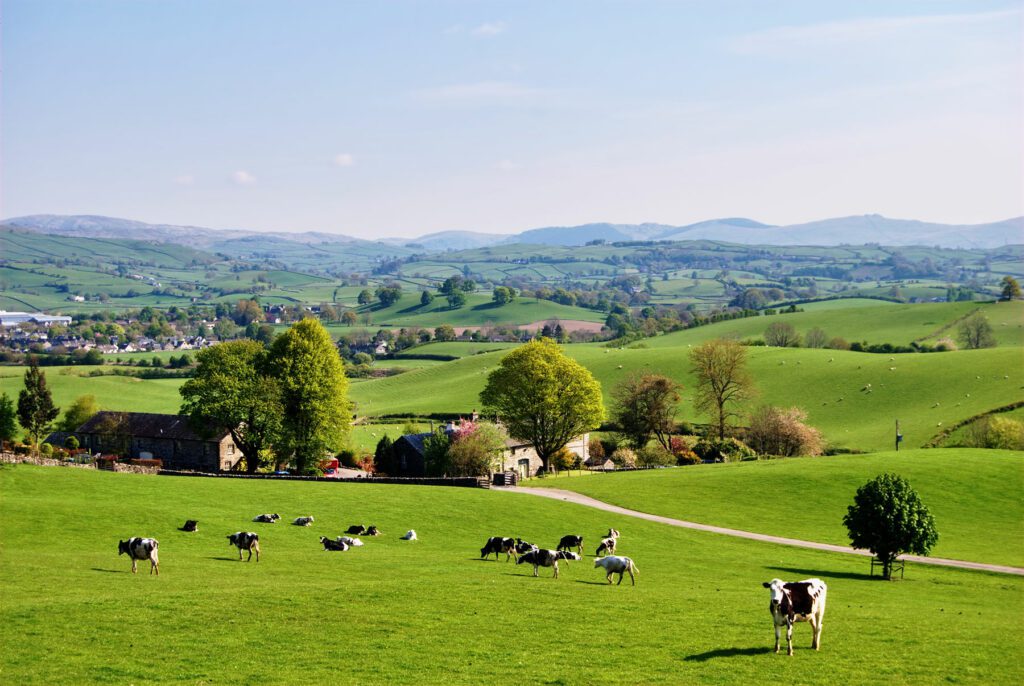Authors
Partnerships are extremely efficient planning vehicles for tax and succession purposes, particularly in a rural business or landed estates context. They can be used to manage assets and income generated now, as well as being a mechanism for facilitating the orderly transfer of assets to the next generation. A key starting point is to identify the issues which frame the future direction and ultimate succession of a rural business. Once those (sometimes difficult) conversations have taken place, a partnership can often be the preferred business structure.
Partnership property
The link between the partnership and the succession plan is pivotal. A crucial part of the process is to understand what assets are held within the business. Often, due to tax reasons and how the assets have been purchased or inherited over time, the main assets (such as the family farm) are held within the partnership and are therefore partnership property. Partners own a share in the partnership, and it is that partnership share (as opposed to the assets themselves) that can be transferred on death in accordance with the terms of their will (provided the terms of the partnership allow them to do so).
If there is no partnership agreement and the arrangement is undocumented, or governed by a very out of date document (both of which we commonly see), this could result in significant unintended consequences on the death of a partner.
The partnership agreement must therefore dovetail with the partners’ wills since the partnership agreement will override. Partnership agreements can be drafted to include, for example, ring-fenced Land Capital Accounts, provisions for the appointment of successor partners, and “buy back” clauses, to help facilitate the continuity of the business upon the death of a partner.
Partnerships and tax
Partnerships play a key role in many inheritance tax (IHT) planning strategies for rural businesses, maximising both Agricultural Relief (APR) and Business Relief (BPR), for example, by helping frame a composite trading business as part of a ‘Balfour’ planning strategy.
They can also be used to strengthen claims for Business Asset Disposal Relief – a valuable Capital Gains Tax (CGT) relief if the business is sold.
It is important to be careful in relation to CGT and stamp duty land tax (SDLT) when assets are moved into, within, and out of a partnership.
SDLT is calculated by reference to the market value and the income entitlement acquired by the other partners ‘sum of lower proportions’ analysis, which is complex. Generally, as long as the same persons or connected persons are entitled to the land before and after the transaction, there will not be any SDLT arising. But parties aren’t always connected, particularly where trustees are acting as partners, and so tax liabilities can sometimes be inadvertently triggered.
This underlines the importance of having a considered and robust partnership structure in place, as any potential tax issues can usually be navigated through proper structuring and advice.
New developments
With the general election now set for 4 July 2024, changes to the tax regime under a new government cannot be ruled out.
In April 2024, the Institute for Fiscal Studies (IFS) released a comment article recommending changes to the IHT regime. One of their proposed recommendations is to cap the amount of BPR and APR relief at £500,000 per person, which would obviously have profound effects on all business owners, and rural business owners and landed estates especially.
That said, there is likely to be strong pressure on politicians not to make a change that would raise taxes for those passing on family farms and businesses, and there are longstanding public policy reasons to support the existence of those reliefs.
In the March 2024 Budget, the government confirmed that they will extend the existing scope of APR to include environmental land management from 6 April 2025. This appears to be a positive first step towards establishing a tax framework which will help facilitate the growth of the Natural Capital economy, although further guidance and legislation is required, and consultations are ongoing. Whether an incoming government will implement the proposals in their current form is now uncertain.
The emergence of Natural Capital as a new asset class is leading to interesting conversations about its effects on value. Increasing or decreasing values depending on the nature of the use of land has the potential to affect Balfour structures and their tax treatment. It is very important for tax (and the overall succession plan) to be part of the conversation when arrangements are being formulated, particularly as the longevity of many natural capital schemes means they will directly impact the next generation.
Summary
It is an uncertain time for the rural community, particularly from a tax perspective with the general election now on the immediate horizon.
When changes or opportunities arise, it is important for rural businesses and landed estates to have robust structures and forward plans in place, to provide agility and flexibility to react accordingly.
If you would like to discuss any of the issues raised in this article, please contact Iwan Williams or Josie Edwards.
Print article


